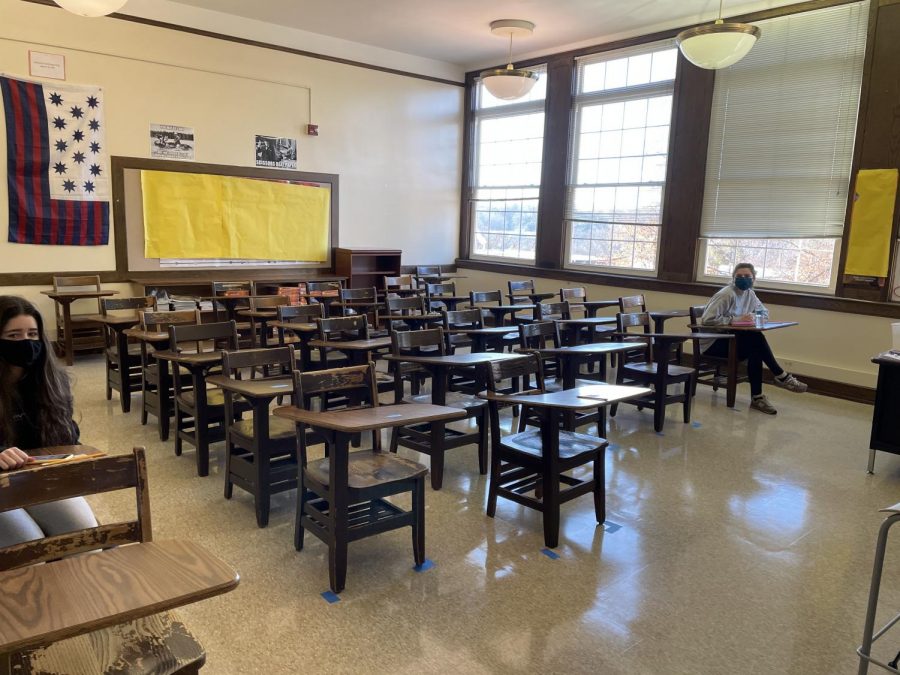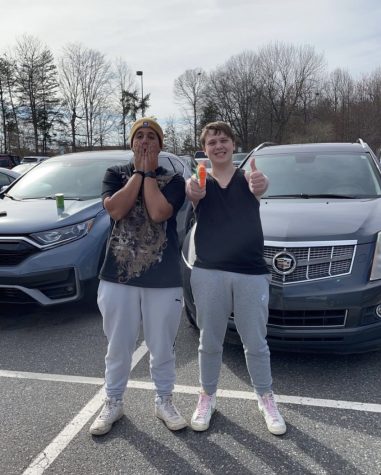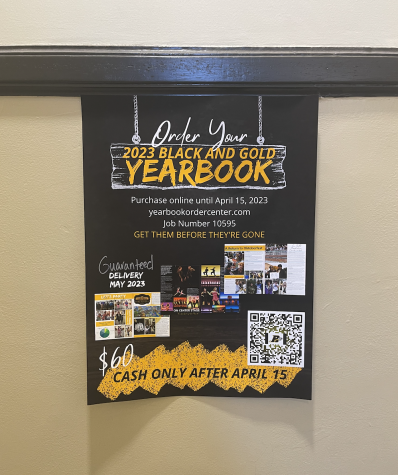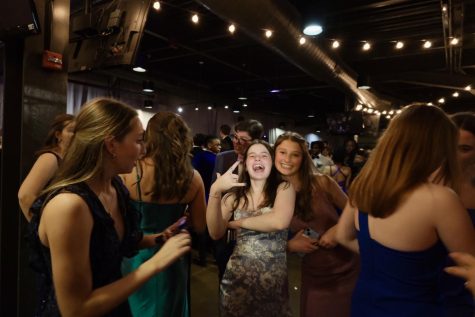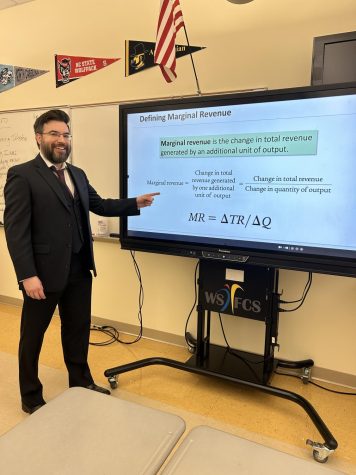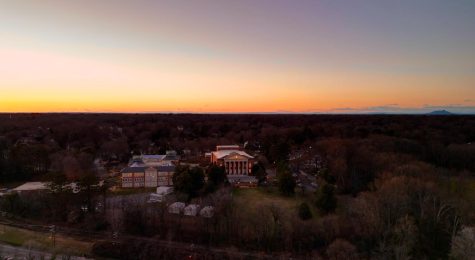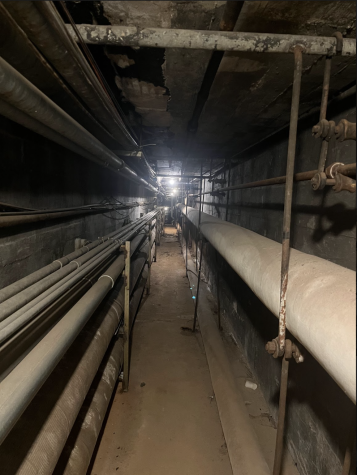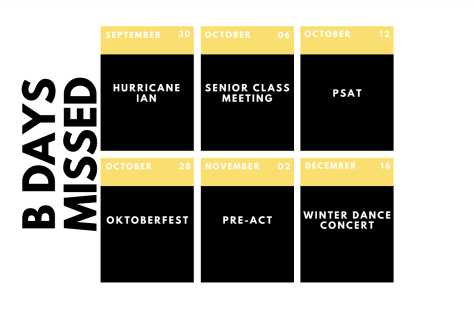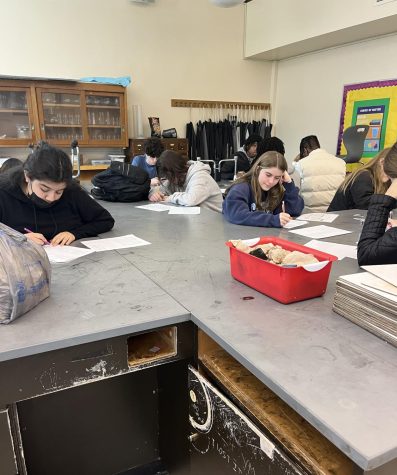Return to school: teachers edition
February 25, 2021
In the beginning of February, freshmen at RJR returned to school in cohorts for in-person learning. However, sophomores, juniors and seniors will not be returning until February 22. With students returning, many teachers have expressed concerns about their ability to follow rules, the transition to a hybrid model, and the educational implications for those that stay home. As teachers at Reynolds have been preparing for students to return to in-person, the staff has developed mixed feelings about returning to teach students and the increased potential for contracting COVID-19.
Lundun Sims has been teaching at Reynolds for 16 years. Currently she is the teacher for Spanish I and III. She is among staffers who are not very excited to get back to in-person learning.
“Spanish is typically a class with lots of group work, lots of ‘repeat after me’, act this out, present this etc,” Sims said. “Communication is the purpose of the language and since numbers and variants of COVID are still rising it is a risk to interact with multiple people on a daily basis. Wearing a mask, face shield and remembering to maintain social distance from students is an added barrier.”
For Sims, teaching in-person while following COVID-19 guidelines will be just as challenging as online because spanish classes emphasize using your emotions and facial expressions when speaking. Trying to teach this way of expression while wearing protective gear is very difficult. Despite not being excited about the return to school, Sims feels as though Reynolds is doing a good job following the Centers for Disease Control and Prevention (CDC) guidelines to keep students and staff safe.
“I do believe that RJR is doing what the CDC mandates to keep us safe… Checking temperatures, taking names to enable contact tracing, encouraging one-way traffic, limiting the number of people via cohorts,” Sims said.
Sims and RJR teacher Jonathan Hamiel have similar feelings toward returning to school. Hamiel has been teaching at Reynolds for 5 years now. He teaches jazz, concert, and marching band. Along with Sims, his classes will continue to be just as challenging in person as they are online because they require some students to play wind instruments which cannot be accomplished in a mask.
“I miss my students and I miss making music everyday,” Hamiel said. “But I want to make sure that we come back to the most safe and secure environment possible and I’m afraid that this is not it!”
Although Hamiel feels as though Reynolds is taking all the necessary precautions to keep students and staff safe, he still has concerns.
“My biggest concern is the spreading of the COVID-19 virus from people who are unaware that they have contracted it,” Hamiel said. “A lot of students live with grandparents, uncles, aunts etc. I would hate to see a student bring home a virus to their loved ones. It seems like every other weekend we are receiving another email or robocall that’s informing us of another student or faculty member that has been infected with COVID-19.”
As someone who has experienced losing loved ones due to COVID, following precautions set by the CDC is very important to Sims. She is also worried about students not contracting the virus unknowingly and students not following safety precautions correctly.
“My biggest concern is that students will overlook the safety precautions of wearing their masks and remaining socially distant and therefore enable the spread of the virus,” Sims said. “It can be hard to remain 6 feet from someone you’ve missed over the past year.”
Another teacher who is concerned about returning is Mollie Muse, an English III teacher at Reynolds.
“While I miss in-person learning, I don’t think it’s safe right now,” Muse said. “Schools are a Petri dish of infections. In any given year, half of my students and colleagues are sick from January through April.”
Although Muse feels as though Reynolds is doing a fair job to bring everyone back safely, she does not believe students will take the precautions very seriously.
“High School students are by nature highly social and not very cautious,” Muse said. “They aren’t exactly known for following the rules, either. I hear about students being exposed at parties or at athletics. Students clearly aren’t social distancing, and we aren’t even back in person yet.”
Kimberly Briggs is a biology teacher at RJR. She believes Reynolds will do a good job of preventing students and staff from contracting the virus due to in-person learning. Briggs is among staff at RJR who is very excited to have students back in the classroom.
“I am excited to get to see students in person,” Briggs said. “I miss getting to know students especially since most students do not put their cameras on at home.”
Her biggest concern about students returning for in-person learning is navigating safe hybrid learning.
“It is a struggle to meet the needs of excellent instruction online at the same time as in-person,” Briggs said. “Also, I worry about being safe and successfully teaching with a mask at least 6 ft away.”
Another concern among teachers and students is how teaching online and virtual simultaneously will play out. It raises the question, will students who choose not to attend in person be at a disadvantage?
“Because I am an A/B day teacher I will see each cohort twice a month, therefore no radical modifications and changes will be made,” Sims said. “Those that are at home will have the same access to me as always. I use Remind [a communication platform] and email and students can continue to reach me that way. The only difference is that those in person will be in a classroom at a desk for 90 minutes as opposed to their home space for 90 minutes. Students on zoom can still ‘hang on after class’ for questions, clarification etc. The student in class will have limited physical contact so zoom will be just as useful for them.”
Hamiel, Briggs, and Muse also say that their classes will look the same as they do fully virtual except some students will be in the classroom. No teacher believes that students who are opting to remain virtual will be at a disadvantage.
Briggs along with others believes that self-motivation will be the only way for students to succeed in her class as well as in other classes.
“I think students who are self-motivated will not be at a disadvantage for my class if they stay home, however I have learned that many students are not self-motivated,” Briggs said. “If students stay at home and procrastinate on their biology learning they will be at a disadvantage.”
Hopefully, over the next several weeks, students and teachers will easily transition into in-person learning and there will be little to no COVID cases among RJR students and staff.



